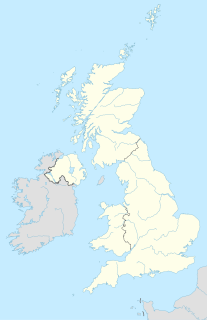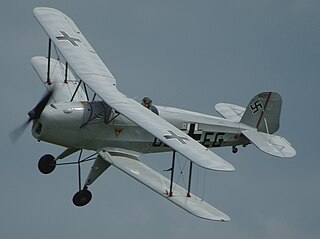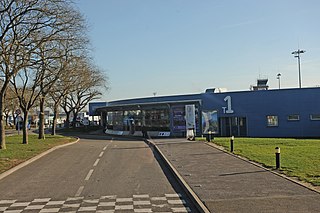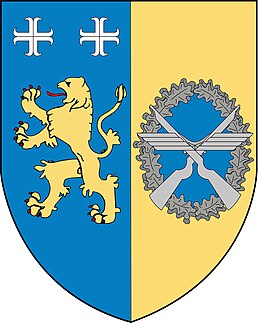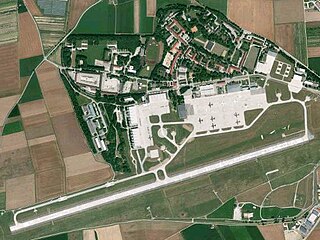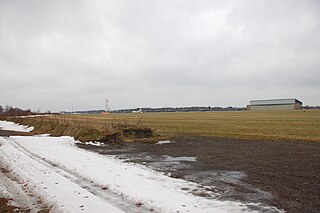Luftwaffe is a generic German term for an air force. It may also refer to one of the following air forces:

German is a West Germanic language that is mainly spoken in Central Europe. It is the most widely spoken and official or co-official language in Germany, Austria, Switzerland, South Tyrol in Italy, the German-speaking Community of Belgium, and Liechtenstein. It is also one of the three official languages of Luxembourg and a co-official language in the Opole Voivodeship in Poland. The languages which are most similar to German are the other members of the West Germanic language branch: Afrikaans, Dutch, English, the Frisian languages, Low German/Low Saxon, Luxembourgish, and Yiddish. There are also strong similarities in vocabulary with Danish, Norwegian and Swedish, although those belong to the North Germanic group. German is the second most widely spoken Germanic language, after English.

An air force, also known in some countries as an aerospace force or air army, is in the broadest sense, the national military branch that primarily conducts aerial warfare. More specifically, it is the branch of a nation's armed services that is responsible for aerial warfare as distinct from an army or navy. Typically, air forces are responsible for gaining control of the air, carrying out strategic and tactical bombing missions, and providing support to land and naval forces often in the form of aerial reconnaissance and close air support.
- The Luftwaffe , of Nazi Germany (years 1933 to 1945)
- The Luftwaffe, of the Federal Republic of Germany (1956 to the present), known as German Air Force in English
- The Schweizer Luftwaffe, known as Swiss Air Force in English
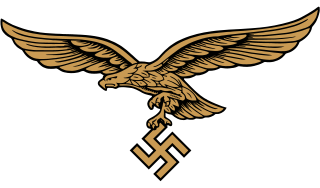
The Luftwaffe was the aerial warfare branch of the combined German Wehrmacht military forces during World War II. Germany's military air arms during World War I, the Luftstreitkräfte of the Army and the Marine-Fliegerabteilung of the Navy had been disbanded in May 1920 as a result of the terms of the Treaty of Versailles which stated that Germany was forbidden to have any air force.

The German Air Force is the aerial warfare branch of the Bundeswehr, the armed forces of Germany. With a strength of 27,767 personnel, it is the fourth largest air force within the European Union, after the air forces of the United Kingdom, France, and Italy. The German Air Force was founded in 1956 during the era of the Cold War as the aerial warfare branch of the armed forces of then West Germany. After the reunification of West and East Germany in 1990, it integrated parts of the air force of the former German Democratic Republic, which itself had been founded in 1956 as part of the National People's Army. There is no organizational continuity between the current German Air Force and the former Luftwaffe of the Wehrmacht combined forces founded in 1935, which was completely disbanded in 1945/46 after World War II. The term Luftwaffe that is used for both the historic and the current German air force is the German-language generic designation of any air force.

The Swiss Air Force is the air component of the Swiss Armed Forces, established on 31 July 1914 as part of the army and in October 1936 as an independent service.

